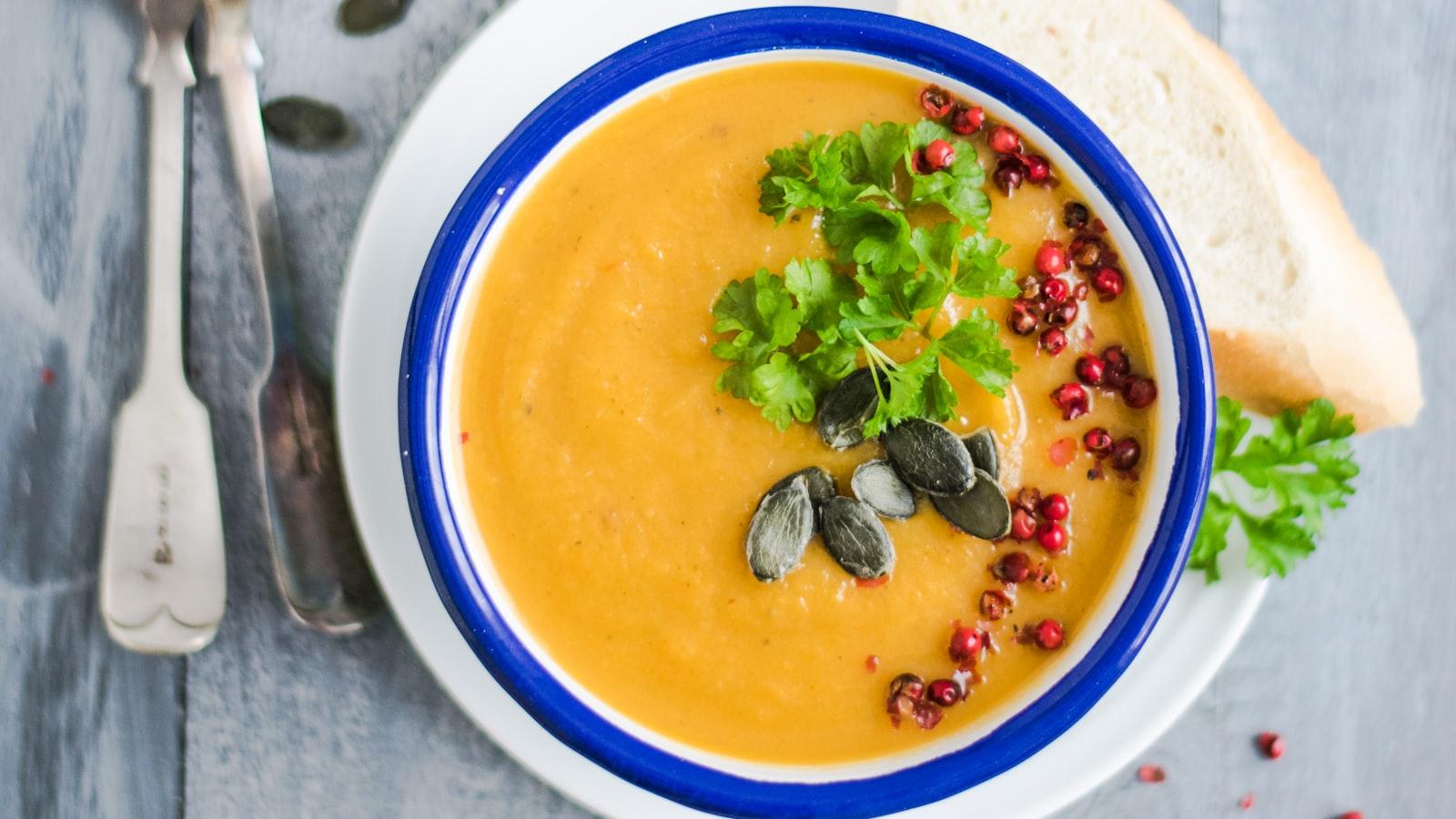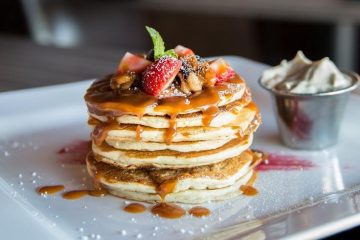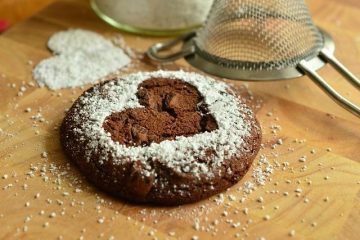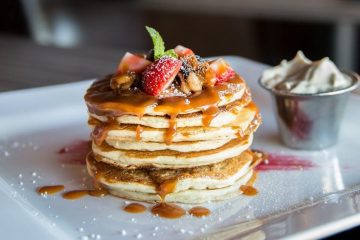Step into the vibrant world of food coloring, where everyday ingredients transform into a kaleidoscope of hues to tantalize both our eyes and taste buds. From the subtle pastels of a delicate macaron to the bold reds of a decadent velvet cake, food coloring plays a crucial role in elevating the visual appeal of our culinary creations. Let’s delve into the art and science behind this colorful culinary essential, exploring its uses, effects, and impact on the foods we love.
Table of Contents
- – Exploring the World of Natural Food Coloring Options
- – Unveiling the Impact of Artificial Food Dyes on Health
- – Pro Tips for Using Food Coloring in Baking and Cooking
- Q&A
- Concluding Remarks


– Exploring the World of Natural Food Coloring Options
When it comes to natural food coloring options, the world is a vibrant palette waiting to be explored. Embracing natural sources for adding color to food not only enhances visual appeal but also promotes a healthier approach to cooking and baking. Imagine infusing your culinary creations with hues derived from fruits, vegetables, and other organic ingredients, elevating not just the appearance but also the nutritional value of your dishes.
Explore the possibilities:
- Turmeric: Add a sunny yellow hue with a hint of earthiness to your dishes.
- Beetroot: Infuse a rich, deep red color with a touch of natural sweetness.
- Spirulina: Introduce a vibrant green tint packed with nutrients and health benefits.
- Blue Butterfly Pea Flower: Create stunning blue shades that transform your recipes into works of art.
Incorporating natural food coloring options not only allows for creativity in the kitchen but also aligns with the growing trend towards clean eating and mindful consumption. By harnessing the power of nature’s color palette, you can embark on a culinary journey that delights both the eyes and the taste buds, all while nourishing your body with wholesome ingredients.

– Unveiling the Impact of Artificial Food Dyes on Health
Artificial food dyes have become ubiquitous in the modern diet, enhancing the appearance of countless processed foods. These vibrant additives may make our meals visually appealing, but at what cost to our health? Recent studies have raised concerns about the potential negative effects of consuming artificial food dyes, linking them to various health issues.
One major concern is the impact of artificial food dyes on children’s behavior and attention span. Studies suggest that certain synthetic food colorings may trigger hyperactivity and behavioral problems in some children. Furthermore, some artificial dyes have been associated with allergic reactions and intolerance in sensitive individuals. As consumers become more health-conscious, the demand for natural alternatives to these controversial additives is on the rise.

– Pro Tips for Using Food Coloring in Baking and Cooking
Food coloring can add a vibrant touch to your baked goods and dishes, elevating not only the visual appeal but also the overall dining experience. When using food coloring in your culinary creations, consider experimenting with different shades and hues to achieve the desired effect. Utilize gel food coloring for intense colors or natural alternatives like beet juice for a healthier option.
Incorporating food coloring can unleash your creative side, allowing you to customize cakes, cookies, and other treats to suit various occasions and themes. Blend different colors to create unique gradients or use stencils for precise designs. Remember, a little goes a long way, so start with small amounts and gradually add more until you reach the perfect tint. Embrace the versatility of food coloring to turn your culinary creations into edible works of art.
Q&A
Q&A: All About Food Coloring
Q: What is food coloring, and how is it used in cooking and baking?
A: Food coloring is a substance used to add color to food or drink, enhancing its visual appeal. In cooking and baking, it is commonly used to make treats more vibrant, festive, and visually enticing.
Q: Are there natural food coloring alternatives available for those looking to avoid artificial additives?
A: Yes, there are natural food coloring options such as turmeric, beet juice, spirulina, and saffron that can be used to color food without the need for artificial additives.
Q: Are there any potential health risks associated with consuming food coloring?
A: While most food coloring is considered safe for consumption in moderate amounts, some artificial food colorings have been linked to certain health concerns and allergies. It’s always best to check labels and opt for natural alternatives when possible.
Q: Can food coloring affect the taste of the food it is added to?
A: Generally, food coloring is tasteless and should not significantly alter the flavor of the food. However, some concentrated forms of food coloring may have a slight bitter taste if added in excess.
Q: How can one achieve vibrant and appealing food colors while using food coloring responsibly?
A: To achieve vibrant colors without going overboard with food coloring, start with small amounts and gradually add more as needed. Mixing different colors can also create unique shades and hues.
Q: Are there any creative ways to use food coloring in cooking beyond basic coloration?
A: Absolutely! Food coloring can be used to create ombre effects in cakes, tie-dye patterns in cookies, colorful swirls in frosting, and even decorative designs on desserts. Let your creativity shine with food coloring!
Q: How should food coloring be stored to maintain its quality and potency?
A: Store food coloring in a cool, dark place away from direct sunlight and moisture. Make sure to seal containers tightly to prevent evaporation and preserve the color strength of the product.
Concluding Remarks
As you explore the world of food coloring, you’ll uncover a spectrum of hues that not only tantalize the eyes but also excite the taste buds. From vibrant reds to deep blues, the artistry of food coloring knows no bounds. So, whether you’re baking a rainbow-themed cake or adding a pop of color to your favorite dish, remember that the palette of possibilities with food coloring is as vast as your culinary imagination. Embrace the vibrancy, experiment with shades, and let your creativity swirl with every drop of color you infuse into your creations. After all, in the kitchen, just like in life, a splash of color can truly make all the difference. So, go ahead, paint your plate with flavor and flair, one hue at a time.




0 Comments